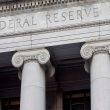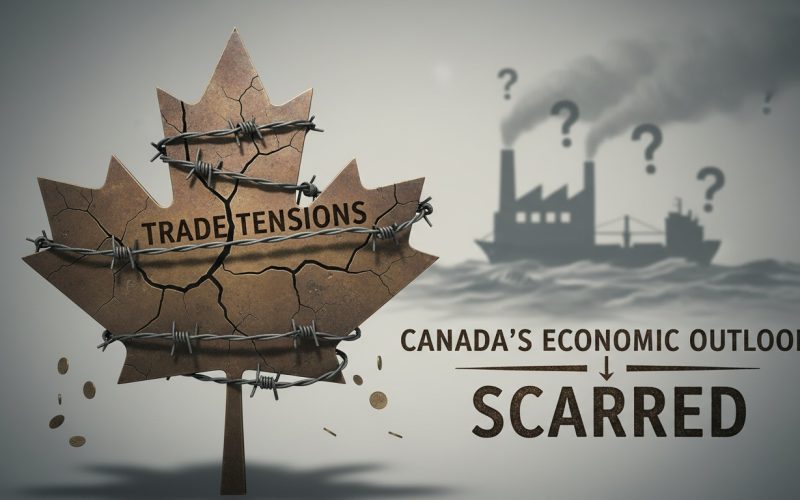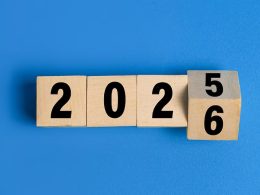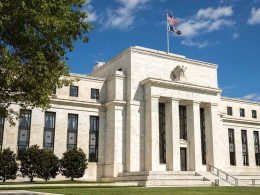When the Bank of Canada cut rates by a quarter point to 2.25%, no one was surprised. What caught attention, though, were the messages tucked between the lines. The first: the Bank thinks policy is right where it needs to be. The second: Canada’s economy might be taking a deeper hit from trade disruptions than interest-rate tweaks can fix.
“The Governing Council sees the current policy rate at about the right level,” the Bank said—a clear sign that they’re done cutting for now. Unless the data turns sharply worse, don’t expect more rate relief.
A Shift From Monetary to Fiscal Power
The October announcement marked a turning point. Instead of leaning on the central bank, the next push to support growth will likely come from government spending. As RBC’s Claire Fan puts it1, “our base case assumes no further rate reductions, as we expect a ramp up in fiscal stimulus (with more details to come in the federal budget next week) will do the bulk of the heavy lifting in the policy response to address tariff-related, concentrated economic weakness.”
In other words, the baton is being passed from the BoC to Ottawa. The overnight rate is now at what economists call the “neutral level”—a setting that neither fuels inflation nor drags on growth. Cutting deeper would risk overheating a supply-constrained economy.
RBC and the BoC: Singing the Same Tune
Fan points out something unusual: RBC’s forecast and the Bank of Canada’s own projections are nearly identical. “The BoC’s latest baseline economy projections are in line with ours,” she writes, adding that both expect slow but steady growth through the second half of this year, and a pickup in 2026 once the trade fog starts to lift.
That outlook assumes current tariffs stay put—roughly a 6% effective rate on Canadian exports to the U.S., with most exports still covered under CUSMA exemptions. It’s a drag, but not a disaster.
Inflation, meanwhile, should hover close to the Bank’s 2% target. Fan cautions that “we see upside risks to this baseline projection primarily from robust domestic demand.” The BoC added its own watchlist: “larger-than-expected cost increases from tariffs” on one side, and “a sudden tightening in global financial conditions sparked by a correction in AI-related stock market valuations” on the other.
The takeaway? Canada is walking a narrow path where trade policy and fiscal decisions—not interest rates—will shape the next phase of growth.
The Scars Beneath the Surface
The most sobering part of the report is what lies ahead. “Beyond this cycle, the Bank of Canada expects structural damage from ongoing trade disruptions,” Fan writes.
Slower population growth adds another headwind. The Bank now expects Canada’s potential output—the economy’s long-run growth ceiling—to rise just 1.6% in 2025, fall to 1.0% in 2026, and recover slightly to 1.3% in 2027.
“This structural damage will reduce the productive capacity of the Canadian economy and erode the effectiveness of monetary policy,” Fan warns. In plain terms: every rate cut from here on risks stoking inflation faster than it can lift growth. Canada’s economic engine is losing horsepower.
Fiscal Policy Has to Step Up
Fan is straightforward about what comes next: “This highlights the urgency for fiscal policy to step up by helping expand the economy's capacity limits—a priority we expect will account for the bulk of new spending to be announced at the fall budget update on November 4.”
The message to policymakers is clear. The problem isn’t just weak demand—it’s a bottlenecked supply side. Building new capacity through infrastructure, immigration, and innovation spending is now as much about economic stability as it is about long-term prosperity.
For Investors: Welcome to the Pause Era
For investors, this isn’t a pivot—it’s a pause. The BoC has likely reached the end of its rate-cut cycle, and the next wave of support will come from fiscal channels. Inflation will remain a balancing act, tugged by tariffs and consumer resilience.
As Fan sums it up, the real challenge isn’t whether policymakers can keep the economy afloat—it’s whether they can expand its capacity and rebuild Canada’s resilience to future shocks.
Footnote:
1 Fan, Claire. RBC Economics. "BoC warns of structural economic damage from tariffs." RBC, 29 Oct. 2025.















